Deciding the future of smart real estate through asset digitization!
Catalog
- The status of digital transformation and smartization in the real estate industry
- Leveraging asset digitization to master digital capabilities
- Application of Asset Digitization
- 1.3D Online Reception Center Addressing Consumer Pain Points:
- 2.Intelligent Integration of Online and Offline for Creating Sweet Points:
- Conclusion: Real estate smartification should evoke the emotions that are essential in the present moment
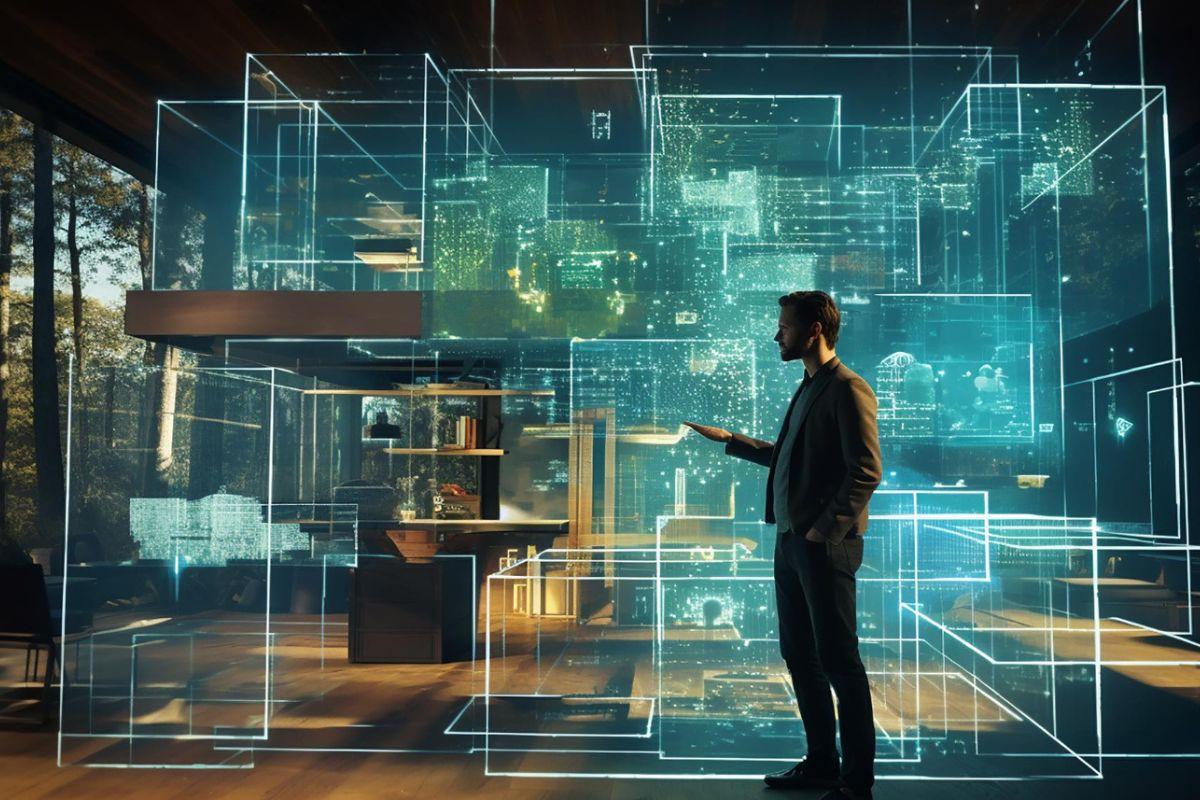
Source:Freepik
The status of digital transformation and smartization in the real estate industry
The real estate market is booming, a fact undeniable in Taiwan and globally. Indeed, the real estate industry has made significant contributions to both global and regional economies. However, in today's era of continuous development in digital technology and the digital economy, the real estate industry's digital transformation lags behind other industries. The gap between them depends on how efficiently the industry adjusts its pace. How can we seize the opportunity to guide the digital transformation of enterprises towards intelligence?
As the wave of digital transformation sweeps across the globe, the real estate industry is undergoing a revolutionary change, redefining marketing and sales models. In today's world, we witness the digital transformation of everything, reflected not only in traditional mail turning into emails but also in books, news, movies, music, art, and even our social lives, information browsing, shopping behaviors, and more, all integrated into the digital realm. In this trend, the digital transformation of financial services, currency, and assets has become inevitable.
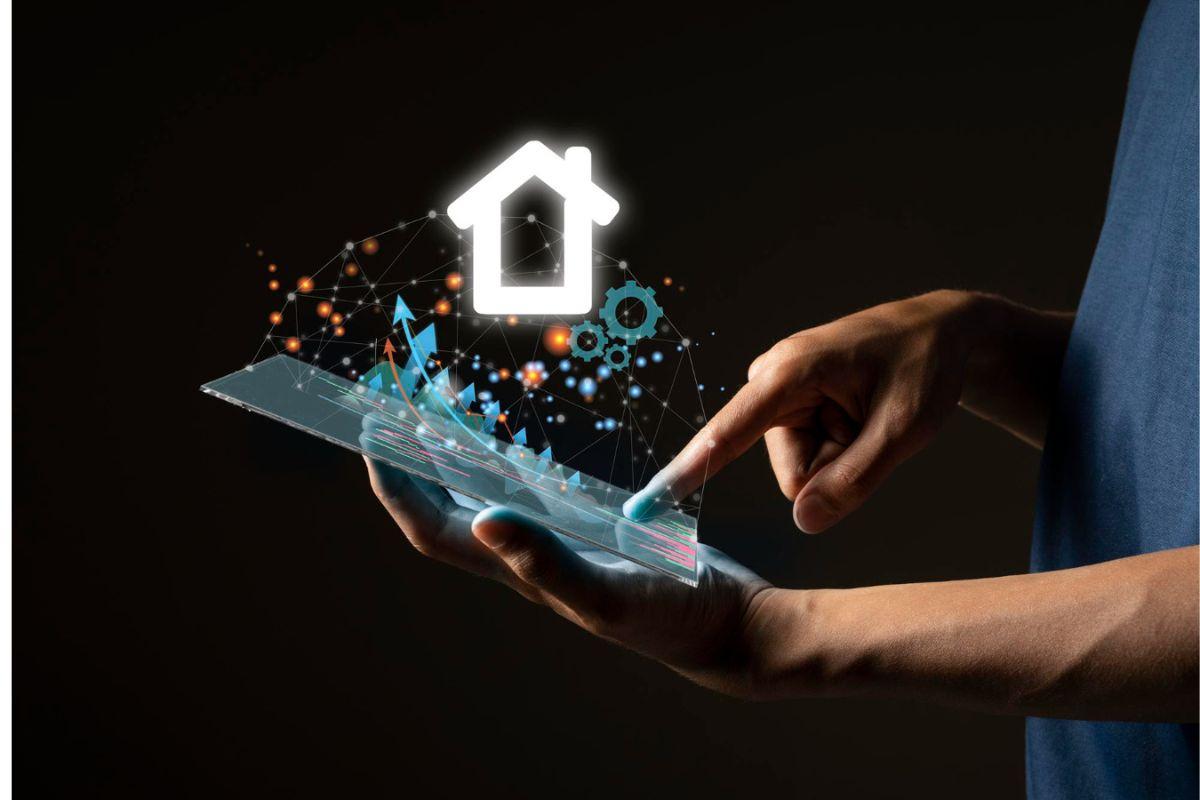
Source:Freepik
In this transformation, online house viewing has become a crucial intelligent key for the real estate industry. It not only provides more convenience for buyers but also has a profound impact on the entire industry. However, can creating an online house viewing reception center guarantee fruitful results? It goes beyond that! Identifying customer pain points throughout the entire customer journey is crucial for digital channels to have a more significant impact. "Digitization should not stop at basic customer engagement but must cover all customer touchpoints, including marketing, sales, distribution, delivery, and customer service," emphasizes "Marketing 5.0: The Ultimate Strategic Approach in the Era of Perfect Integration of Technology and Humanity, Using MarTech to Design Customer Journeys, and Unlocking New Digital Consumer Opportunities."
Customer experience is the new way to win in a fiercely competitive market. What used to be on the periphery of interaction and immersive experiences now holds greater significance than core products and services.
Leveraging asset digitization to master digital capabilities
The first step in the digitalization investment for businesses is to invest in digital infrastructure. Real estate operators and brokers must adapt to the constantly changing consumer preferences in the digital age. Objectives include investigating evolving customer preferences, integrating digital tools for agents, online engagement, customer satisfaction, and unlocking the potential to enhance competitiveness. The research scope encompasses exploring shifts in consumer behavior, agents' utilization of digital platforms, their adaptive strategies, online interactions, and the profound impacts on various agent practices. Through these processes, businesses can grasp the digital capabilities that lead the industry.
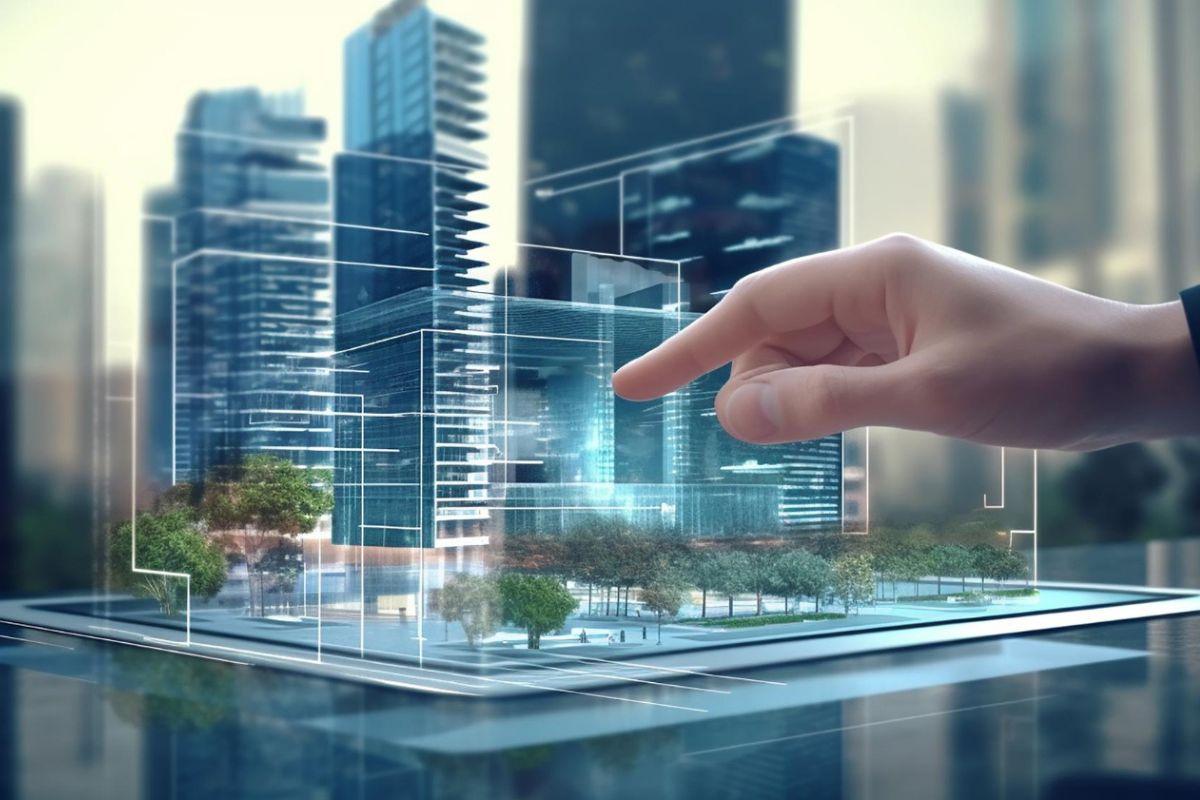
Source:Freepik
The real estate industry has traditionally been a brick-and-mortar business, requiring buyers to personally visit properties, which is inconvenient for the busy modern lifestyle. The COVID-19 pandemic has accelerated digital development, leading to the flourishing of online property viewing platforms. This provides buyers with a new way to explore potential properties. This trend has thrived during the pandemic, indicating a significant shift. What does this signify? It highlights the need for real estate professionals to have a competitive advantage in building digital capabilities. This includes personalized and predictive marketing, utilizing technology for real-time management and analysis of big data, and, crucially, establishing a digitized reality that aligns with the consumer journey through the redesign of business processes.
Asset digitization brings numerous advantages to the real estate industry.
Firstly, it expands the market reach. No longer confined to local buyers, sellers can easily connect with potential customers domestically and internationally. This globalization trend brings more opportunities and competitiveness to the real estate market.
Secondly, the interactivity of online property viewing enhances buyer engagement. Buyers can freely navigate through websites, explore each room, inspect facilities, and even plan furniture placement. This level of engagement can boost buyer confidence in making purchase decisions, reducing many risks.
Thirdly, asset digitization extends to offline journeys, enriching the entire customer journey. It enhances customer interaction, introduces innovative smart display methods, and provides a leading competitive edge for companies in the real estate market.
Lastly, and most importantly, asset digitization establishes digital assets with highly flexible content extensions. This enables the creation of a digital asset collection and promotes a sustainable business philosophy for enterprises in the real estate market.
Application of Asset Digitization
Once the process of asset digitization is established, on-site real estate agents can directly utilize computer or USB flash drive data to connect to the smart display playback environmental control system. It is a plug-and-play system that projects external information onto a pre-planned projection wall. This allows the agents to explain current project information, layout configurations, and furniture details. They can also play dynamic audio-visual content. Additionally, online integration is enhanced through an online reception center, allowing real estate agents to understand consumer expectations for pre-viewing properties. The following will further elaborate on the application and integration of asset digitization both online and offline.
1.3D Online Reception Center Addressing Consumer Pain Points:
The smart website is available 24/7, allowing potential buyers from diverse backgrounds to remotely explore the homes that best suit their needs and assist in the physical property viewing process. Wang Yi Design collaborated with Yuanxiong Real Estate to create two distinct pre-sale housing projects in Tainan and Kaohsiung—Yuanxiong Cangcui and Yuanxiong Zhuoyun. For each project, they meticulously designed 720° panoramic 3D online reception centers. These virtual centers offer an immersive experience, guiding prospective buyers through regional environments, architectural aesthetics, spatial layouts, and meticulous craftsmanship. This approach provides homebuyers with a more intuitive and immersive 24/7 property viewing experience.
2.Intelligent Integration of Online and Offline for Creating Sweet Points:
On-site reception, upgraded experience. Digital assetization emphasizes not only addressing pain points in online channels but, more importantly, extending digital assets to meet consumers' sweet spots offline. It constructs a comprehensive product channel for buyers, creating profound situational and interactive experiences. We can define this concept as the "Future Reception Center."
According to surveys, buildings with 3D tour functionality have significantly higher visibility. As much as half of the customers are even reluctant to explore listings that lack virtual tours.
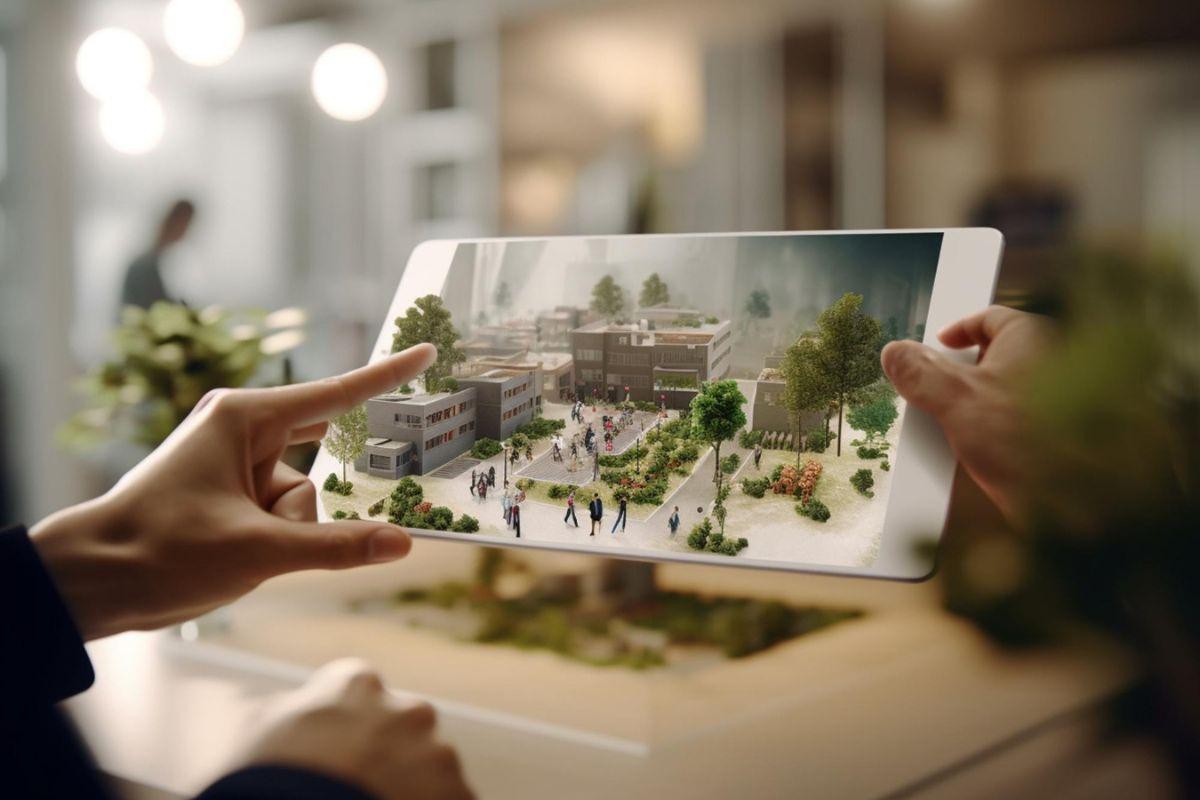
Source:Freepik
The so-called OMO Future Reception Center is primarily designed to create a comprehensive product, environment, and interaction through three major experiences, showcasing a high level of realism. Simultaneously, real estate agents can provide in-depth introductions tailored to clients' interests in the living environment. Specifically, the Future Reception Center features the following three key characteristics:
1.VR Experience - Special Features:
Immerse yourself in a sensory marvel, where the unparalleled realism of the virtual world unfolds. It's an adventure beyond reality, allowing individuals to freely explore, feel, and deeply engage in every scene.
I2.mmersive Experience - Smart Cloud Environmental Control System:
More than just technological advancement, it's an elevation of emotions. Through a series of intelligent controls, you can effortlessly adjust and customize the environment, creating an atmosphere that aligns with your expectations, taking individuals to entirely new sensory levels.
3.3D Theater Experience - Control System:
In this unique theater space, property viewers become the orchestrators of the entire experience. Through a meticulously designed control system, participants feel as if they are actively involved, creating a truly interactive interpretation.
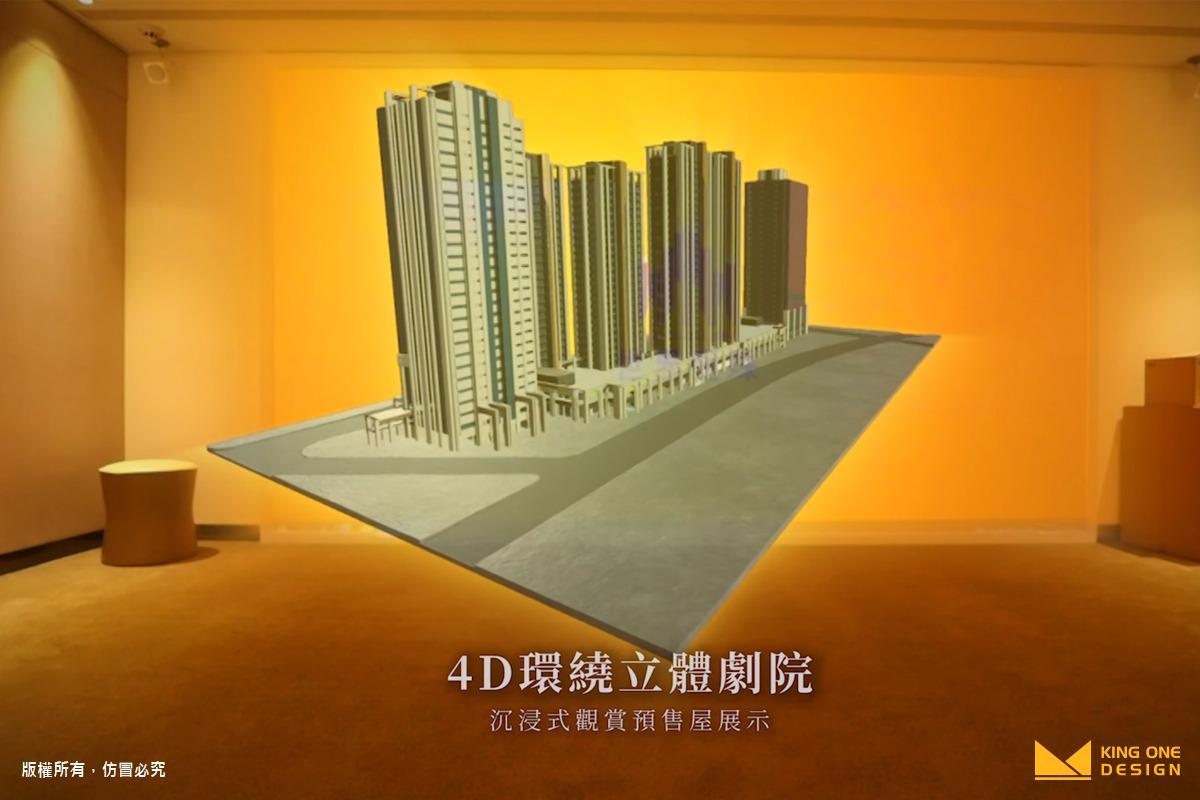
Embarking on the concept of immersive interactive theater, the world-renowned Nan Kang Tire's World Pearl development is uniquely brought to life through exclusive, lifelike 3D modeling.
Providing a three-tiered experience encompassing information, immersion, and interaction instantly
Marketing guru Kotler once said, "Companies must focus on providing an entirely new customer experience on three different levels: information, interaction, and immersion. Whenever customers seek answers, desire conversation, or immerse themselves in sensory experiences, businesses should be well-prepared."
From online to offline, resembling the presence of a Future Pavilion, it is not just a sales venue but also an immersive reality experience center that anticipates the future. Placing customer experience at its core, it utilizes digital universe modeling and highly immersive naked-eye 3D projection technology to create a unique experience where guests completely immerse themselves in future living scenarios. This showcase tool not only facilitates smoother business presentations but also liberates guests from traditional modes of observation and hearing, allowing them to authentically feel the future residential environment. This kind of digital transformation is not just for sales but is aimed at providing customers with an entirely new and unforgettable experience, making the process of home-buying more realistic and memorable.

Source:Freepik
Conclusion: Real estate smartification should evoke the emotions that are essential in the present moment
"The digital realm continues to disrupt marketing and the overall business market." The application of interactive technology in real estate marketing is an emotional exploration across time and space. Digital transformation is propelling a revolution in the real estate industry, from online property viewing to the intersection of real and virtual experiences at the OMO Future Reception Center. As the real estate sector adopts new technologies and innovations, providing the target audience with the experiences and emotions they desire in the present moment can lead to increased sales, more precise marketing, optimized reception, and ultimately, greater success.

The Future Pavilion brings the future to life right before the eyes of the guests, transforming it into a vivid and immersive experience.
Source:Freepik
- 1
6 Different Types of Trade Show Booths You Need to Know
Brand Strategy
- 2
Five creative ways to enhance your booth appeal
Tech Life & Trends
- 3
SAVE THIS PAGE! Useful Vocabulary and Sentences for Exhibition Goers and Exhibitors!
Exclusive Perspective
- 4
What is CIS? Corporate Identity Design that goes hand in hand with exhibition design
Tech Life & Trends
- 5
What is the definition of Experiential Marketing? From 5 perspectives, you will get it!
Tech Life & Trends
- 6
[Travel around the world] Hannover, Germany
Industry Trends


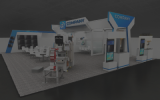


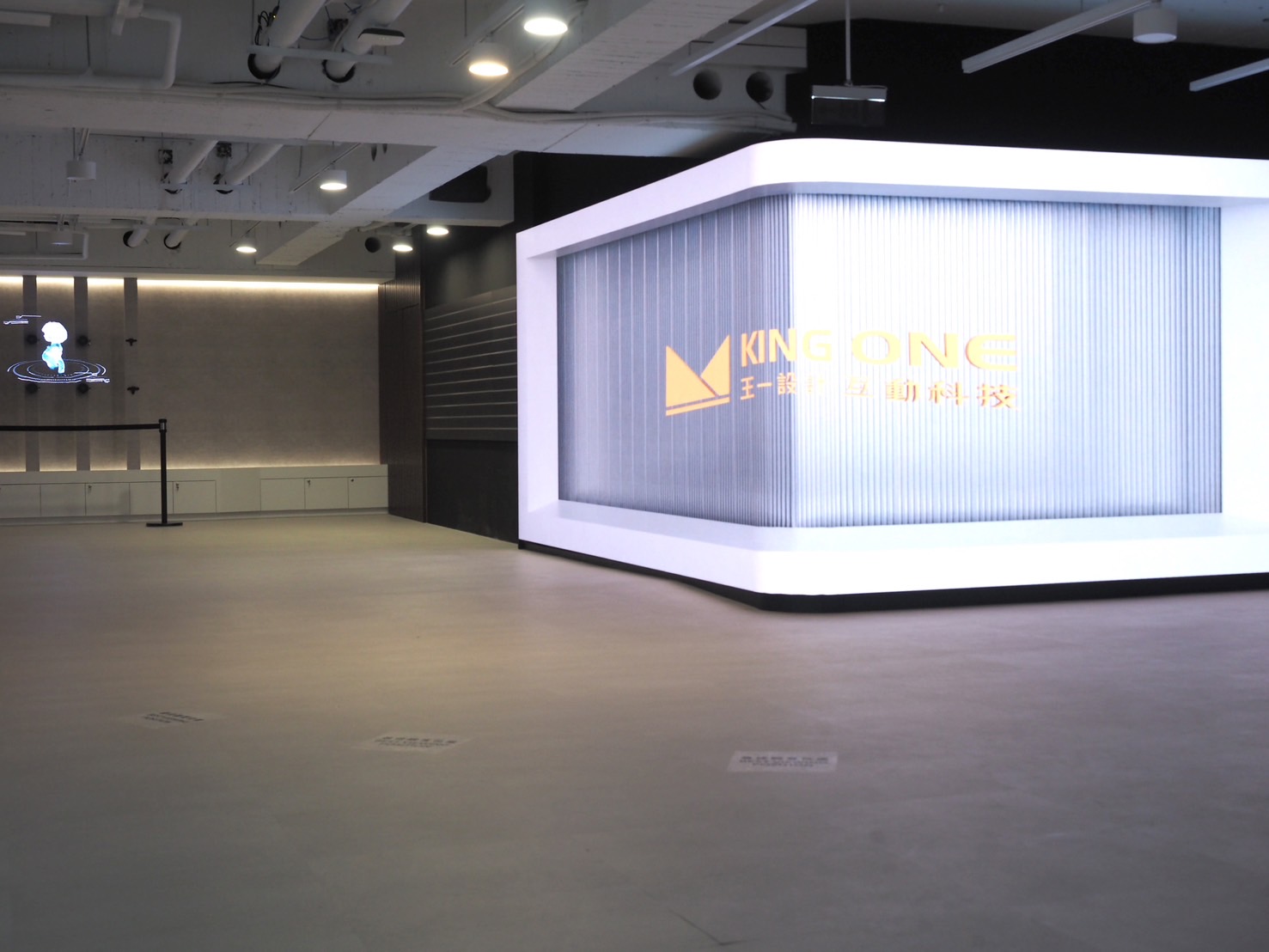
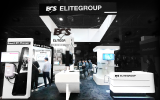
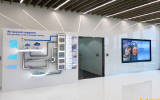
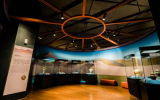
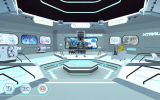



Asset digitization refers to the process of converting assets into digital form. It means that a set of content can be seamlessly integrated for both online and offline applications.